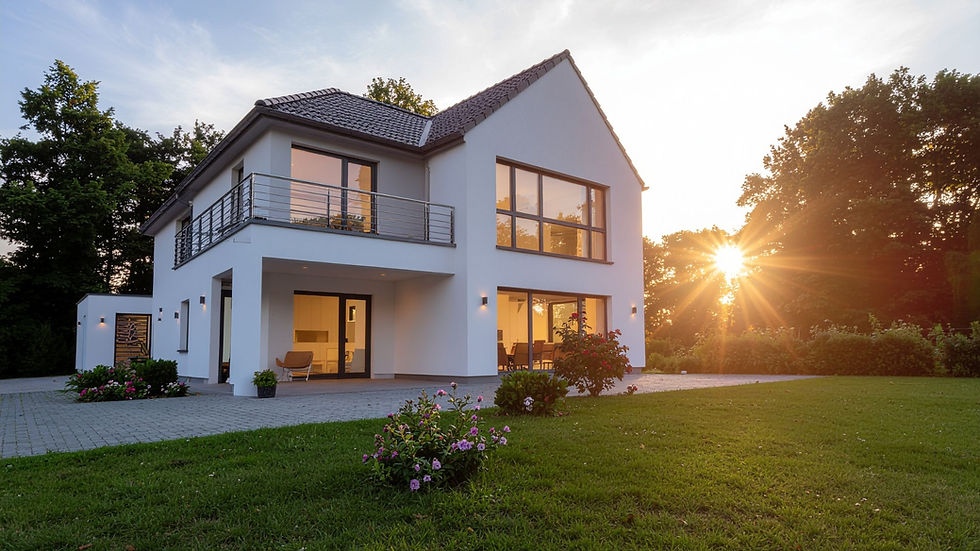Do I Need Planning Permission? 10 Common Home Improvements Explained
- Atrium Planning Consultants
- Aug 20
- 2 min read
Updated: Sep 24

Planning permission rules can be a bit of a maze. Many homeowners aren’t sure when they need formal approval and when they can simply go ahead with their plans. Getting it wrong can mean delays, extra costs, or even being told to undo the work.
At Atrium Planning, we deal with this every day – so we’ve put together this simple guide to help you understand when planning permission might be needed.
1. Loft Conversions
Most loft conversions fall under “permitted development” (meaning no planning application is needed). But if you plan to raise the roof height, build dormer windows facing the road, or your property is in a conservation area, you’ll likely need planning permission.
2. Garage Conversions
Converting an existing garage into a living space often doesn’t need planning permission, provided the work is internal. However, if you’re extending the building, or your property has restrictions (such as being a listed building), then an application may be required.
3. Rear Extensions
Small single-storey rear extensions can usually be done under permitted development. But there are size limits, and anything larger – especially two-storey extensions – will need full planning approval.
4. Conservatories
A conservatory is treated much like an extension. Small ones may not need permission, but if the conservatory takes up more than half the garden or pushes beyond height and depth limits, you’ll need to apply.
5. Driveways & Dropped Kerbs
This one often surprises people. Laying a simple driveway usually doesn’t need permission. But if you’re paving over your front garden with an impermeable surface (like tarmac) or need a dropped kerb for road access, planning permission is likely required.
6. Porches
Porches at the front of a house can often be added without planning, as long as they’re under 3m high, less than 3m² in ground area, and not within 2m of a boundary next to a highway. Larger porches will need approval.
7. Garden Offices / Outbuildings
With more people working from home, garden offices are popular. Many can be built without permission if they’re under 2.5m high and don’t take up more than half the garden. But if you plan to sleep in it, use it commercially, or build higher, you’ll need planning.
8. Solar Panels
Most solar panel installations don’t need permission, provided they don’t project too far from the roof. However, listed buildings and conservation areas have stricter rules.

9. Decking & Raised Patios
Low-level decking is fine, but if it’s more than 30cm above ground level, it requires planning permission.
10. Fences & Boundary Walls
You don’t normally need permission for a new fence or wall under 2m high. But if it borders a road or footpath and is over 1m high, you’ll need planning approval.
Final Thoughts
Rules can vary depending on your property type, location, and whether there are special designations like conservation areas. What’s “permitted development” for one home might require permission for another.
That’s where we come in. At Atrium Planning, we take the stress out of planning permission – guiding you from the initial design through to approval and building regulations.
Thinking about a project? Get in touch today and let’s make it happen.



